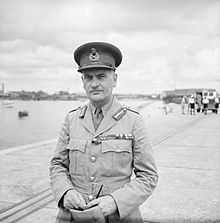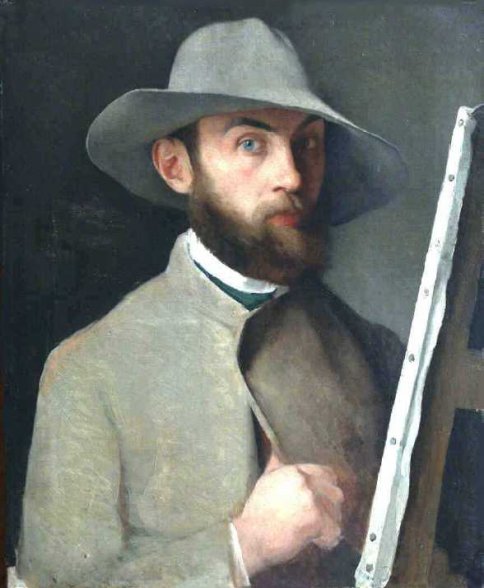Excerpts from 'The British Mad Dog'
M S King
CHURCHILL THE PLAGIARIST AND ALSO THE USER OF GHOSTWRITERS
A young historian Maurice Ashley contributes heavily to Churchill’s 1937 ‘A History of the English-Speaking Peoples’. Years later, another historian named William Deakin pens an enormous amount of material for Churchill, including most of the text of his “widely acclaimed” series on World War II. The military narratives are supplied by a retired general, Sir Henry Pownall.
By the 1950’s, an aging and alcohol-addled Churchill is relying upon an entire team of writers to do much more than just research, contribute, and edit, but really take over his work.

The multi-million pound one-man literary enterprise that was Winston Churchill was not a one man show after all. -- Ashley, Deakin and Pownall.
In addition to his reliance upon ghostwriting historians, the imitation intellectual also engaged in gross plagiarism. British historian Max Hastings, writing in The Telegraph, November 2, 2004, informs us:
“Pownall, ironically enough, had often confided to his own wartime diary rage and frustration about Churchill's intemperate interferences in military operations. Now, for a salary of £1,000 a year, along with a less influential naval counterpart, he played a key role in the fortification of the Churchill legend.
Churchill skillfully injected into the narrative just sufficient rolling phrases in his own inimitable style
By the time of the third volume, Life's Henry Luce was growling: "The old boy is chiseling on us. If he were younger, we'd kick him in the shins." Churchill narrowly averted litigation for plagiarism from Samuel Morison, an American naval historian whose narrative of the Pacific sea battles was recycled in the former Prime Minister's volumes.” (7)


Henry Luce, the legendary founder of LIFE Magazine, came to understand that Churchill was a money-grubbing plagiarist.
MID 1930's
CHURCHILL THE FORGER -- BROKE AND DESPERATE, RESORTS TO SELLING FAKE PAINTINGS
“Churchill of course is no stranger to counterfeit art. In dire financial straits in the 1930s he took to faking the paintings of the deceased French impressionist Charles Maurin because Maurin's signature sold somewhat better in the Left Bank boutiques in those days than did his own.
President Franklin D Roosevelt spotted the little deception, and wrote him a joshing letter about it in February 1942. For some reason those letters never made it into the official volumes of Churchill Roosevelt correspondence -- an omission I have rectified in "Churchill's War", vol. ii: "Triumph in Adversity". Now that's Real History. Spreads like Butter.” (8)
Roosevelt had come to learn of the scam from a fine arts expert in Washington DC. Irving, in another article, quotes from the teasingly friendly 1942 letter in which Roosevelt writes to Churchill as though it is not known who the forger is:
“Dear Winston --- these people who go around under assumed names render themselves open to all kinds of indignity and suspicion.” (9)
Roosevelt mischievously added:
“The British Embassy was asked for verification and I suppose the matter has been to Scotland Yard and back again.” (10)


In ‘Churchill’s War: Triumph in Adversity’, historian David Irving uncovers a 1942 letter from FDR to Churchill in which the former teases the British Mad Dog - a mediocre painter - about a 1937 scam in which Churchill put impressionist Charles Maurin’s names to his paintings – and then sold them to boutiques!
Want more dirt on "Sir Winston?"
Read THE BRITISH MAD DOG
265 pages / 500 illustrations
No hay comentarios:
Publicar un comentario